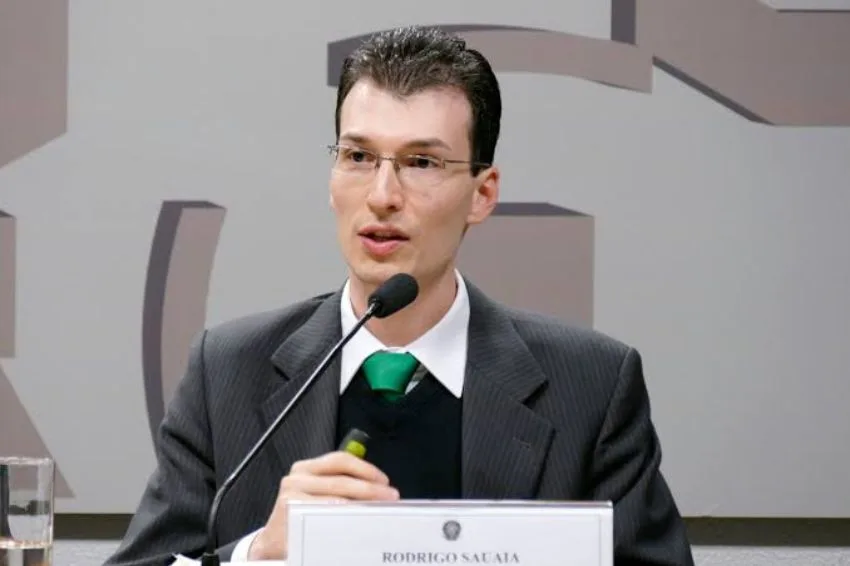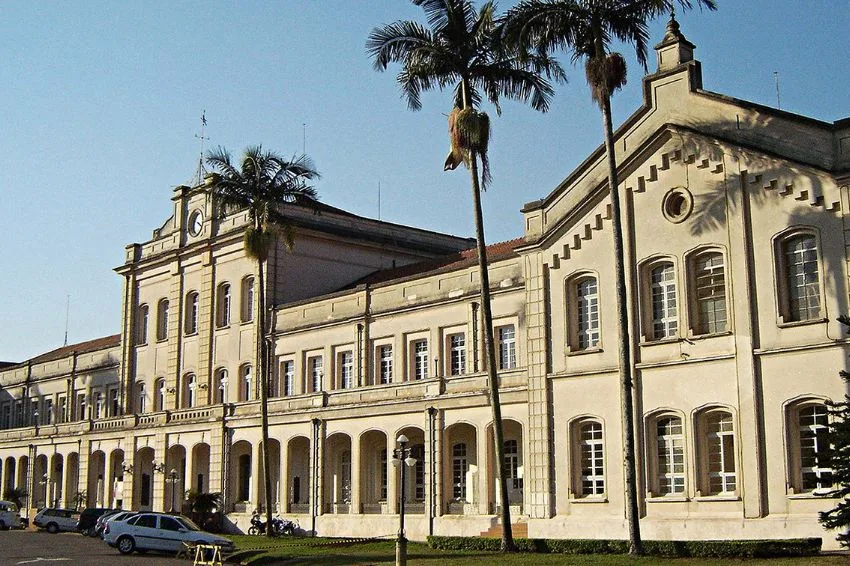The month of December registered the third record for electricity consumption in the entire EPE (Energy Research Company) historical series, which began in 2004.
National consumption was 47,170 GWh, an increase of 9.1%, compared to December 2022. The information is from the EPE Monthly Review.
The study states that just like in October and November, the month of December was no different. Heat waves influenced consumption in the residential and commercial classes, which registered double-digit expansion rates (insert the rates here).
Industrial Consumption
Industrial consumption totaled 15,669 GWh of electricity in December last year, with a growth of 5% compared to the same period in 2022. This was the highest rate of increase since September 2021.
The Northeast region stood out in relation to electricity consumption, with a growth of 9.9%, followed by the Southeast, which had an increase of 6.1%, the Central-West, with an increase of 3.3%, and the South region, with an increase of 2%. Only the North region saw a reduction, falling 0.9%.
Among the most electro-intensive sectors, “an industry that has electrical energy as the main input in the production process, with costs considered significant” of the industry, the highlight goes to metallurgy, which consumed 246 GWh and had an increase of 6.7%. According to the EPE, the increase was “driven by the primary aluminum chain, with a gradual increase in consumption in a large unit in the Northeast, which resumed operations in April 2022”.
The extraction of metallic minerals is also among the highlights, with consumption of 107 GWh, an increase of 9.6%. The states of Minas Gerais and Espírito Santo were most responsible for this growth in energy demand.
Finally, the manufacturing of food products stands out, which consumed 78 GWh, an increase of 3.7%.
Residential consumption
Regarding the residential class, electricity consumption was 15,296 GWh in December last year, another new consumption record since the beginning of the EPE historical series.
According to the Review, consumption increased by 11.7% compared to the same period in 2022. The increase in the use of refrigeration devices due to the heat waves that occurred in the month was one of the factors that contributed to this increase
All regions saw an increase in consumption in December compared to the same previous period:
- Midwest (19.7%);
- North (18%);
- Southeast (12.1%);
- Northeast (9%);
- South (7.2%).
Among the Federation Units, 16 had double-digit expansion. The biggest increases occurred in Amapá (35.9%), Espírito Santo (29.4%), Goiás (27.2%) and Tocantins (21.8%).
Commercial consumption
The commercial class grew by 11.3% in December 2023, reaching a new consumption record, with consumption of 8,993 GWh.
The study indicates that heat waves, combined with optimism in the commerce sector and the growth of the consumer base, boosted consumption in the class in the last month of 2023.
All regions recorded positive consumption rates for the class in December: Southeast (14.1%), Central-West (11.8%), South and North (9.3%, both) and Northeast (5.1%).
Among the Federative Units, 11 registered a double-digit rate variation in the last month, with highlights being Espírito Santo (28.8%), Goiás (18.8%) and São Paulo (15.1%).
Market regulated and free of energy
Regarding the contracting environment, with 18,345 GWh, the free market accounted for 38.9% of national electricity consumption in December, registering a growth of 10% in consumption and 25.6% in the number of consumers, compared to December 2022 .
The Northeast was the region that recorded the greatest expansion in consumption (16%) and the number of consumers (36.5%).
“In addition to the migration of consumers from the regulated market, the expansion in industrial consumption, especially the most electro-intensive ones, and the free portion of the commercial class also contributed to the result in the free market”, stated EPE.
The regulated market for distributors corresponded to 28,825 GWh, and accounted for 61.1% of national electricity consumption in December, an increase of 8.6% compared to 2022.
According to the study, the number of consumer units increased by 2.3% in the period, despite the migration of consumers to the free market.
In the regulated market, the Central-West registered the greatest expansion in consumption, with an increase of 15.2%, while the Northeast was the region with the greatest growth in consumers, with an increase of 3.2%.
















